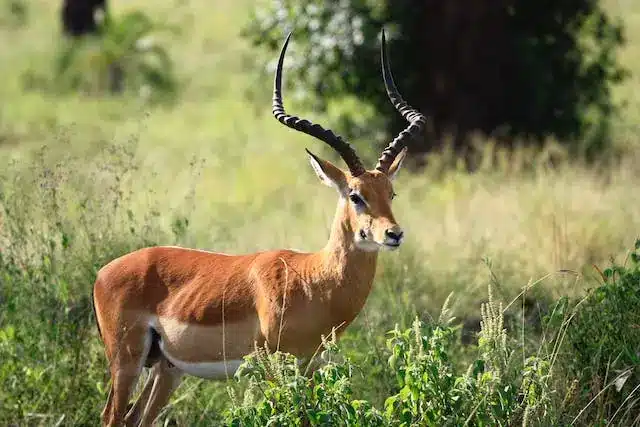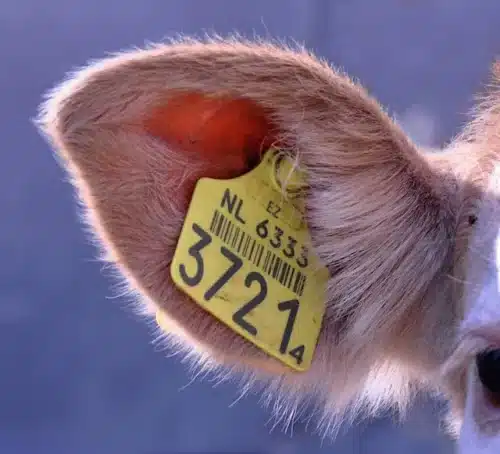
Strides in Animal Conservation: Protecting Biodiversity for Future Generations
In the face of unprecedented challenges to global biodiversity, significant strides have been made in animal conservation efforts over the years. Conservationists, scientists, governments, and local communities have collaborated to address the threats facing countless species worldwide. From innovative technologies to community-based initiatives, these endeavors aim to preserve individual species and safeguard the delicate balance of ecosystems. This article explores the remarkable progress in animal conservation, highlighting key initiatives and breakthroughs that are contributing to a more sustainable future for our planet.
1. Technology and Tracking
A. Satellite Technology: Satellite technology has revolutionized wildlife monitoring and conservation. Conservationists now use satellite tracking devices to monitor the movements of animals across vast landscapes. This technology has been particularly instrumental in tracking migratory patterns, understanding habitat usage, and identifying critical areas for conservation efforts. It enables real-time data collection, offering valuable insights into the behavior of endangered species.
B. GPS Tracking: Ground-level tracking through Global Positioning System (GPS) devices has become a standard tool in wildlife conservation. Animals, ranging from elephants and rhinos to birds and sea turtles, are fitted with GPS trackers, allowing researchers to gather precise information on their movements. This data aids in creating effective conservation strategies, such as identifying migration routes, locating critical habitats, and mitigating human-wildlife conflicts.
2. Community-Based Conservation
A. Engaging Local Communities: Successful conservation efforts increasingly recognize the importance of engaging local communities. The people living in proximity to wildlife habitats play a crucial role in the success or failure of conservation initiatives. By involving local communities in decision-making processes, creating sustainable livelihoods, and promoting education, conservationists are fostering a sense of shared responsibility for protecting the environment.
B. Indigenous Knowledge: In many cases, indigenous communities possess valuable traditional knowledge about local ecosystems and wildlife. Integrating this knowledge into conservation strategies enhances initiatives’ effectiveness and cultural sensitivity. Collaborative partnerships between conservation organizations and indigenous communities foster a holistic approach that respects nature and traditional ways of life.
3. Conservation Legislation and Policies
A. Protected Areas: Governments worldwide have established protected areas to conserve critical habitats and species. These areas, ranging from national parks to marine reserves, serve as havens for biodiversity. Robust legislation and policies are essential for the creation and effective management of these protected areas, ensuring they fulfill their role as sanctuaries for wildlife.
B. International Agreements: Global collaboration is vital for addressing transboundary conservation challenges. International agreements and conventions, such as the Convention on Biological Diversity (CBD) and the Convention on International Trade in Endangered Species of Wild Fauna and Flora (CITES), provide frameworks for countries to work together in the protection of endangered species and their habitats.
4. Reintroduction Programs and Breeding Centers
A. Species Reintroduction: Reintroduction programs aim to reintroduce captive-bred or rehabilitated animals into their natural habitats. This approach has been successful in reviving populations of various species that were once on the brink of extinction. Notable examples include the California condor, the Arabian oryx, and the black-footed ferret. Reintroduction efforts require meticulous planning and ongoing monitoring to ensure the success of released individuals.
B. Breeding Centers and Sanctuaries: Breeding centers and sanctuaries provide safe environments for endangered species to reproduce and thrive. These facilities often play a crucial role in species recovery by maintaining genetically diverse populations and serving as sources for reintroduction programs. Zoos and wildlife sanctuaries also contribute to public awareness and education, such as highlighting facts about cheetahs, and fostering a deeper understanding of the importance of conservation.
5. Combating Illegal Wildlife Trade and Poaching
A. Technology in Anti-Poaching Efforts: Technology has become a formidable tool in the fight against illegal wildlife trade and poaching. Drones, thermal imaging, and camera traps are used to monitor and protect wildlife in vulnerable areas. These technologies enhance the ability of law enforcement agencies and conservationists to detect and apprehend poachers, reducing the threats to endangered species.
B. International Cooperation: The illegal wildlife trade is a global issue that requires coordinated international efforts. Countries, organizations, and law enforcement agencies worldwide are collaborating to combat this illicit trade. Increasingly stringent measures, such as stricter legislation, enhanced border controls, and the deployment of specialized units, are being implemented to curtail the demand for and supply of illegal wildlife products.
6. Climate Change Resilience
A. Adapting to Climate Change: Climate change poses a significant threat to biodiversity, impacting ecosystems and their species. Conservation strategies now include efforts to help wildlife adapt to changing climatic conditions. This may involve creating climate-resilient habitats, establishing migration corridors, and implementing measures to protect species vulnerable to the impacts of a warming planet.
B. Conservation Beyond Borders: As climate change knows no borders, conservation efforts must extend beyond geopolitical boundaries. Collaborative initiatives involving multiple countries are essential for addressing the interconnected challenges posed by climate change. These initiatives focus on shared ecosystems, migratory routes, and international conservation corridors.
7. Success Stories in Animal Conservation
A. The Giant Panda: The giant panda, an iconic symbol of conservation, has seen remarkable recovery due to concerted efforts. Through habitat protection, captive breeding programs, and community involvement, the population of giant pandas has increased, and they were recently downgraded from “endangered” to “vulnerable” on the International Union for Conservation of Nature (IUCN) Red List.
B. The Humpback Whale: The humpback whale, once on the brink of extinction due to commercial whaling, has experienced a resurgence. Global moratoriums on commercial whaling, marine protected areas, and collaborative research efforts have contributed to the recovery of humpback whale populations in various ocean basins.
8. Challenges and Future Directions
A. Human-Wildlife Conflict: As human populations expand and encroach upon wildlife habitats, conflicts between humans and wildlife escalate. Finding solutions to mitigate these conflicts is a pressing challenge for conservationists. Strategies may include habitat restoration, community education, and the development of non-lethal deterrents to protect both people and wildlife.
B. Emerging Threats: New challenges, such as the spread of zoonotic diseases and the impacts of emerging technologies, are continually shaping the landscape of animal conservation. Addressing these challenges requires ongoing research, adaptability, and a collaborative approach to stay ahead of potential threats.
Read More: Digital Revolution: How Technology Is Changing the Nature of Money
Conclusion
While global biodiversity challenges remain formidable, animal conservation strides demonstrate the resilience and determination of those committed to preserving the rich tapestry of life on Earth. From embracing technology and community engagement to enacting robust legislation and reintroducing species to their natural habitats, conservation efforts continue to evolve and adapt.
The successes achieved in protecting iconic species and ecosystems provide hope and inspiration for the future. However, the work is far from complete, and the urgency of addressing ongoing threats, such as climate change and habitat loss, demands continued dedication and innovation. Through collective action and a shared commitment to the well-being of our planet, we can build on the strides made in animal conservation and ensure a sustainable and biodiverse world for generations to come.


